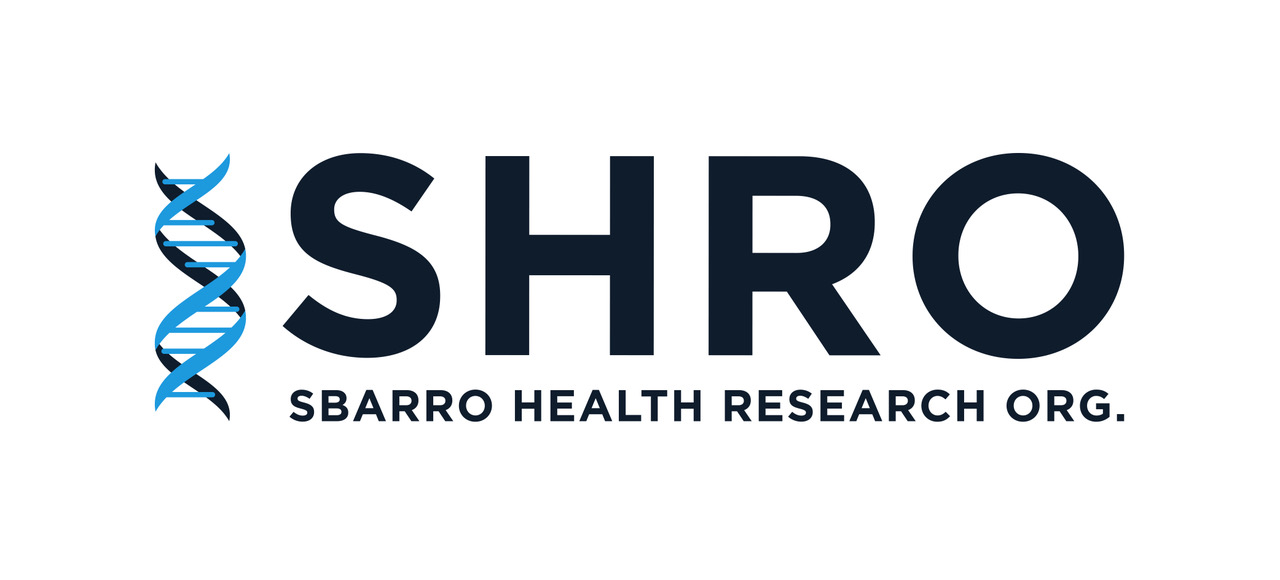Newswise — Salerno, Italy - On 30 and 31 May it was held in the beautiful framework of Badia, Cava de 'Tirreni, at The Hotel Scapolatiello, the VII National Conference of ASME (Mediterranean Association of Senology - http://www.asmeassociazionesenologica.it) entitled "Breast cancer: state of the art".
The event gathered together 130 breast cancer experts from various Italian regions who confronted on multiple themes of breast cancer research. The speakers reported on the latest advances in the field of microRNAs, which promise to be new powerful diagnostic, prognostic and predictive biomarkers of breast cancer and can be profiled with high-throughput technologies to provide a complete and specific signature for individual patients. It was discussed the importance, at the clinical level, of circulating tumor cells and cell-free plasma DNA as tools to monitor therapeutic response and eventual resistance. In this regard, the cancer dormancy phenotype was debated as a process contributing to tumor relapse, also in relation to the cancer stem cell hypothesis.
As cancer is also a question of numbers, the strategies to determine the real burden of breast cancer in Italy, and its economic impact on the health national system, were discussed by an epidemiological point of view. Also, the role of the environment and its effect, at both the genome and epigenome level, was tackled in the opening lecture by Dr Francesca Pentimalli. Landmark studies by Prof. Antonio Giordano, Founder and Director of the Sbarro Institute for Cancer Research and Molecular Medicine of Philadelphia, and of Prof. Giulio Tarro, a pioneer in the research on the viral causes of cancer, were illustrated, including their recent studies on the possible impact on human health of the environmental state of the Campania region, devastated by years of illegal toxic waste dumping (www.campaniaterradiveleni.com).
The meeting focused also on the latest advances in the diagnostic field, both instrumental and molecular, which function in concert to inform tailored therapeutic programs. The recently very debated possibility of performing prophylactic surgery was discussed along with the newest techniques of reconstructive surgery. A central theme of the meeting was to identify the less invasive protocols able to guarantee the best therapeutic efficacy being respectful of the woman self image. Chemotherapy, radiotherapy and targeted therapy options were discussed in light of the most recent findings.
The meeting ended with a round table attended by Prof. Santoriello and Di Maio and the representatives of all the Campania Breast Units who, not only presented and approved their latest guidelines, but also discussed the issues related to structural lack of means and resources. A technical committee was nominated to interface with all institutional bodies, especially at the regional level, to gain more resources and a new law on the regional Breast Units to uniform them to the European model and provide a top service to the women who live in Campania.
